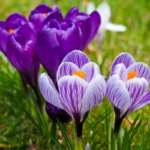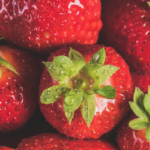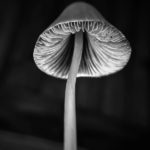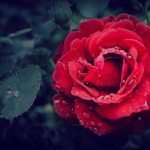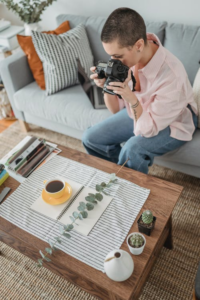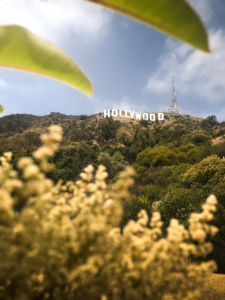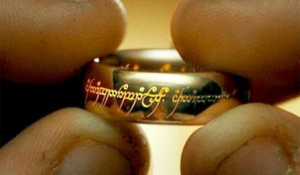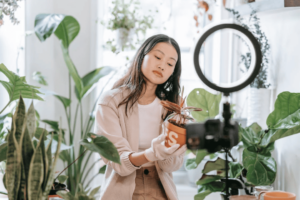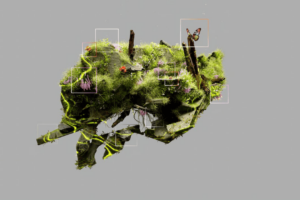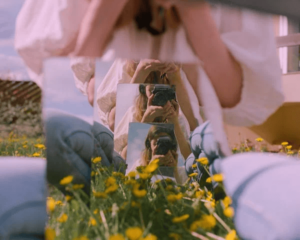Saturation is an essential tool that enhances the mood of your image and improves the overall composition. Therefore, exploring it in innumerable ways helps you generate consistent creative photos that help you build a fantastic photography portfolio.
You must learn to play with colors to create stunning photographs as a budding photographer. However, achieving good mastery over saturation decides how creatively you use colors in your work. Thus, this article highlights the concept of saturation, its effect on your images, and how to adjust it.

What is Saturation?
Colors are often described in terms of hue, saturation, and lightness (HSL). Hue refers to the pure colors that are visible in a rainbow. Further, a color with a higher intensity is said to be pure. Finally, saturation describes the amount of brightness a color appears in an image. In contrast, lightness tells how dark or light a specific color is.

A lack of color saturation yields a grayscale or black-and-white photo, while a full-color image might be highly saturated. Most of the photographs are naturally more saturated, while some may not be appropriately saturated. Depending on your subject and intention for these images, you need to add saturation.

Why Is Understanding Color Saturation Important to Photographers?
It is imperative to understand color saturation as it influences the way a photograph appeals to your viewer. The effect of color saturation include:
Increasing the Saturation
When you increase the saturation of an image, its colors become more vibrant. This is because a higher saturation increases the intensity of colors and gives life to the picture. However, you have to be careful not to oversaturate your image as it provides an artificial feel. Your eyes will be able to feel the effect of oversaturation as they are capable of seeing the saturated colors in nature.

However, when you photograph the same scene, its color appears unsaturated due to the presence of ambient light. For example, it becomes unsaturated when you shine a white light on a red color. As a result, your eyes can feel the difference when you saturate the image entirely during processing.

Decreasing the Saturation
Alternatively, when you lower the saturation, the colors of the image are bleached, resulting in reduced intensity. This, in turn, mutes the image, making it look not very interesting. However, undersaturation can be explicitly used to emphasize your subject. Thereby, you can direct your viewer’s eyes toward your subject.

Conveys an Emotion
An image appears muted when you reduce its saturation to bleach its colors. However, this effect conveys a somber or constrained emotion through your pictures.

On the other hand, saturated colors indicate a jubilant mood. Therefore, you can vary the saturation based on the feeling you wish to convey.

The Color Wheel and Color Saturation
To understand saturation better, you need to know color theory. It explains the visual effects of a combination of colors and organizes them into logical structures. Some of the concepts under color theory include:
Color wheel
It depicts different color combinations like complementary, monochromatic, analogous, etc. For example, complementary colors consist of those colors that are highly contrasting. To reduce the contrast in your photograph, you must reduce their saturation. Therefore, the knowledge of color wheels helps you make a better composition.

Color Space
It refers to the different range of colors an image can constitute. The most commonly used color spaces include:
- sRGB
- Adobe RGB

How Do You Capture Saturated Colors in Photographs?
Light plays a pivotal role in saturating an image, and various light parameters influence color saturation:
- Angle
- Direction
- Quality
- Quantity
When the sun illuminates your subject from behind, the colors in your image will be less saturated. Additionally, the light source’s color also influences your image’s outcome. For example,
The atmosphere removes the blue light during sunset or sunrise. As a result, warm colors like yellows, oranges, and reds constitute the sunlight.

During the blue hour, the sky is saturated with blue as the light source color is blue.

How to Adjust Color Saturation?
You can modify color saturation in three different ways. They include:
Camera Settings
Since every camera model is unique, you must look for different picture modes like:
- Auto
- Portrait
- Landscape
- Vivid
- Monochrome
Once you enter these modes, you can alter the default settings to control sharpness, clarity, contrast, brightness, saturation, hue, and more. For example, if you are using a Canon camera, go to picture style settings or change the picture control settings for a Nikon camera.

Use Lens Filters
You can also use a lens filter such as a polarizing filter to remove haze from your photograph and add saturation to your image.

Post-Processing
During post-production, you can use saturation sliders to increase or decrease the intensity of colors in your images. This lets you emphasize or minimize colors post your shoot. Additionally, you will have the option to adjust each color’s saturation independently.

Challenges While Editing the Saturation
- While you increase the saturation of an image, it may get oversaturated, giving an unnatural look to your photo. Therefore, consider your subject’s color and wavelength of the incident light while editing.
- Sometimes only a part of the image needs to be saturated. However, saturation works uniformly on all colors across the image. To combat this challenge, you can take advantage of a vibrance tool.
What is Vibrance?
Vibrance is a feature available in post-processing software. This tool locates and enhances only the dullest parts of your image, unlike saturation.
Therefore as a photographer, you should know when to use vibrance and saturation. This way, you can portray a creative image and produce a flattering photograph. However, it would be best if you were mindful not to overuse them.

Difference between Vibrance and Saturation
In vibrance, the colors of the elements in the image are individually worked. On the contrary, in saturation, the colors of the entire image appear vividly by increasing it.

Which Program Do You Need to Adjust Vibrance and Saturation?
Editing software like photoshop or adobe lightroom contains vibrance and saturation tools. However, they may appear distinct in every software. You have to experiment with a few photos to achieve your expertise in using these tools. Once you familiarize yourself, you can easily use these tools to edit.
When Should You Use Vibrance and Saturation?
Although your flexibility matters the most, here are some general guidelines you can follow to use vibrance and saturation tools:
| Image Description | Tools to use |
| Colorful photos that require only a few enhancement | Vibrance |
| Color muted photos | Saturation |
| To avoid an unnatural look while editing portraits | Limited use of saturation, vibrance |
| Macro photography, fashion photography, and food photography highlight every color | Saturation |
Tips for Using Vibrance and Saturation in Photo Editing
- After adding saturation/vibrance to your image, switch between the original and the edited image; check your images before and after. This way, you can achieve dramatic results.
- Constantly adjust your colors subtly to avoid oversaturation.
- Adjusting contrast and exposure alters color saturation. Hence, in this case, you may be required to change both saturation and vibrance.
Final Thoughts
Saturation is the best way to enhance your image’s quality. However, it would be best if you use it judiciously to achieve optimum results. You can alter it through your in-camera settings, with filters, or in image editing software. While editing saturation, you may encounter specific challenges which you can handle with the help of vibrance. Further, gaining a sound knowledge of color theory and color space helps you use saturation better. Therefore, try your hands on saturation and tell a compelling story through the prudent use of colors.
Videos
What is saturation? (in photography)
The Difference Between Vibrance and Saturation
The Power Behind Contrast and Saturation in your Photography




